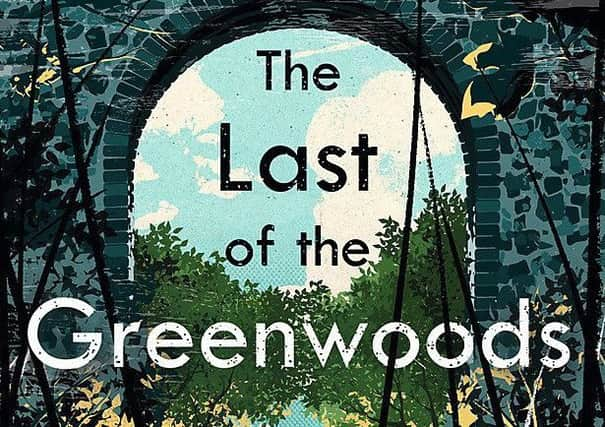Book review: The Last of the Greenwoods, by Clare Morrall


Clare Morrall’s latest novel has all the ingredients of a gripping read, and the story is told through simple but compelling prose. Zohra Dasgupta, the postwoman, is the key to pulling all of the threads of the story together, after she delivers the letter to the Greenwoods and witnesses their shocked reactions. Intrigued by their unique living arrangements, she uncovers the story of their sister’s disappearance and the subsequent identification of her body from a neighbour, the elderly Mr Troth.
Shortlisted for the Man Booker Prize in 2003 for her first novel, Astonishing Splashes of Colour, Morrall has a knack for unshowy storytelling and captivating characters which draw the reader in.
Advertisement
Hide AdWhen the letter writer appears on the brothers’s doorsteps, the Greenwoods are forced to confront the past and the rivalry which has dogged them since their teenage years, when they were both promising tennis players. The pair are united in their uncertainty about the Canadian woman and her identity. Is she really their sister Debs, or is she Debs’ apparently sinister friend, Bev, who copied their sister’s dress and appearance to a tee – even, they discover, getting an identical tattoo in the days before the pair disappeared?
To begin with, the Greenwood brothers, just ten months apart in age and rivals in everything, including an unorthodox romance with an older girl, blur into one, yet perhaps that is Morrall’s intention. “It could have been either of them,” the narrator explains when describing the outcome of a tennis final, documented in a newspaper cutting of a pre-match report. “They were equally capable.” Once their backstory is explored, however, their different identities begin to emerge, although it can still be difficult to tell them apart at times.
Some authors shy away from modern technology, which is notoriously difficult to tackle in fiction. In particular the existence of social media can be problematic as it can cancel out many of the twists, turns and surprises on which novels rely. However, in The Last of the Greenwoods, Morrall is brave enough to introduce the concept of social media in her portrayal of Zohra, a young woman in her twenties, who was once a bright and popular student, but faced cyber bullying in her last years at school. A near-breakdown due to a concerted bullying campaign has left Zohra reluctant to mix with anyone from her teenage years except for her friend Crispin, who has roped her in to helping with his railway restoration project.
The book’s Midlands setting is vivid, while the image of the run-down train carriages – and their past and present – is captivating. The dramatic ending materialises somewhat out of the blue, and rather overshadows the pivotal themes of the story. However, this remains an enjoyable and accomplished novel.
The Last of the Greenwoods, by Clare Morrall, Sceptre, 352pp, £18.99